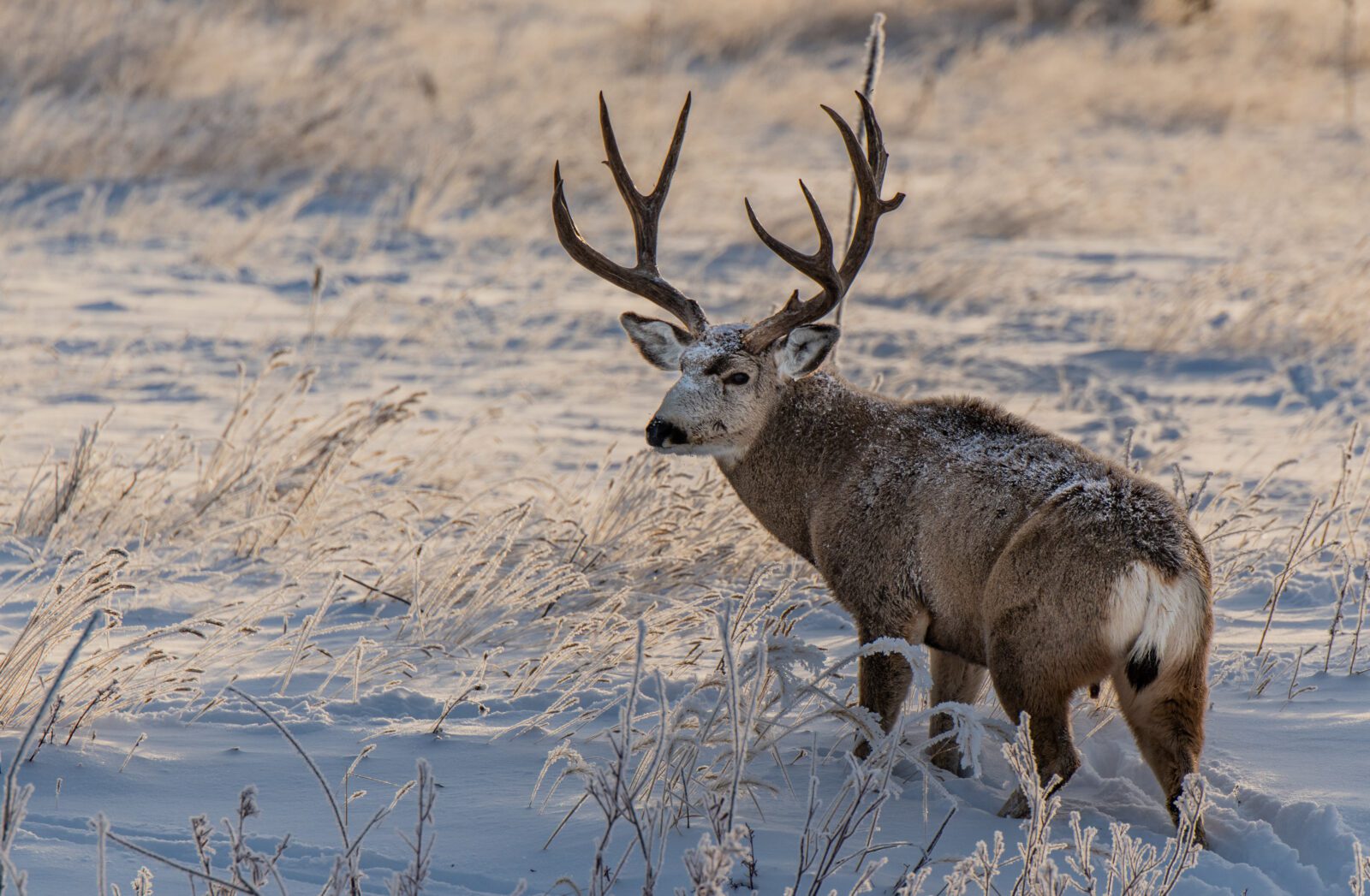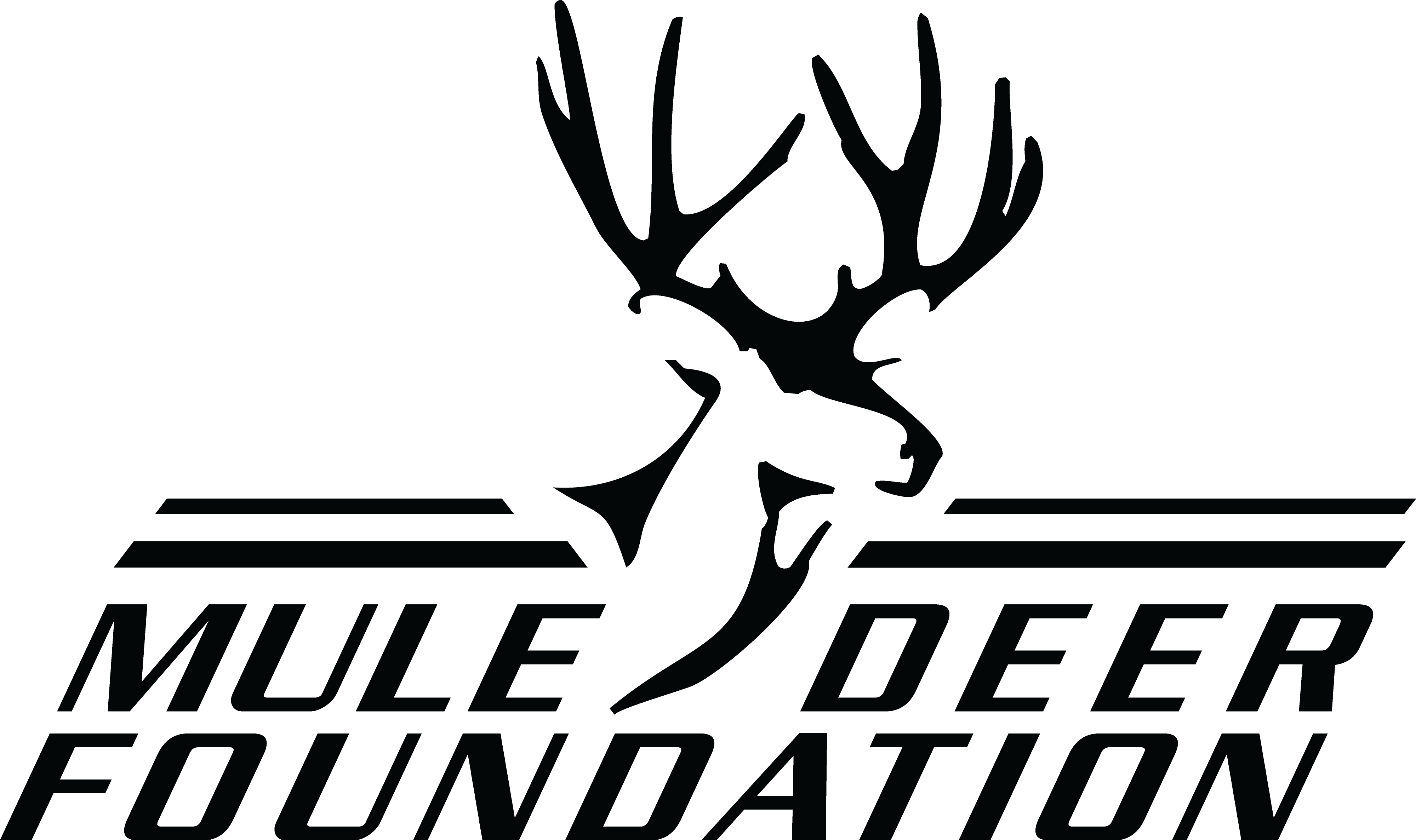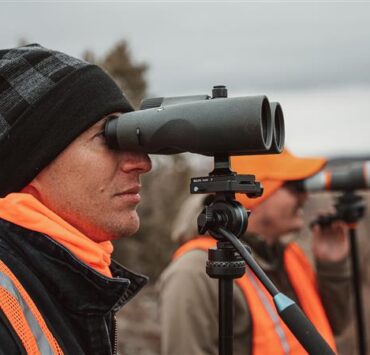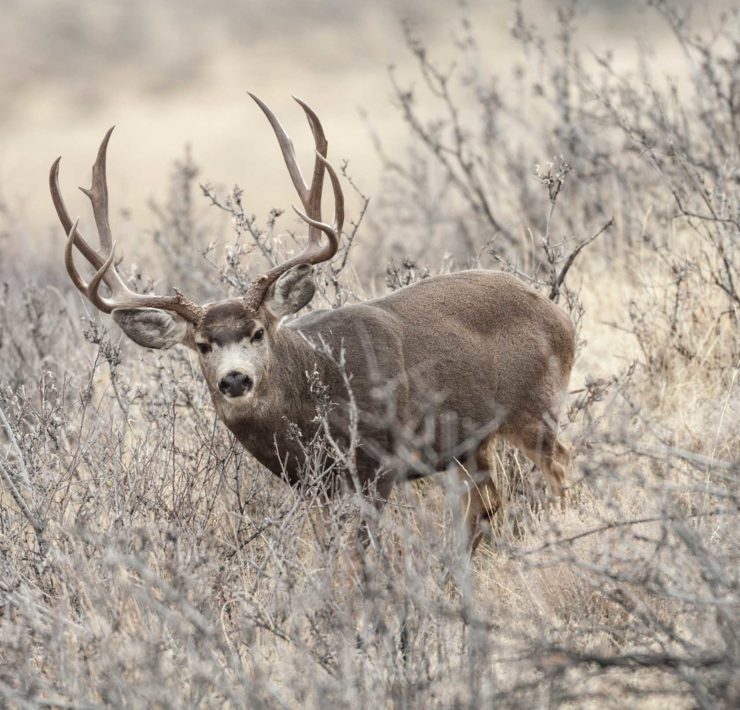Decoding Mule Deer Body Language: What Bucks Are Telling You

By Michael “Mickey” Luby
Spend enough time around mule deer, and you realize they’re not just animals fading into the brush, they’re talking. Not with words, of course, but with posture, movement, and subtle signs that can tell you exactly what they’re thinking, if you know how to read them.
Whether you’re lining up a stalk on a high-country buck or just watching a herd from across a canyon, understanding mule deer body language can give you a major edge. It’s the difference between blowing your chance or slipping in close for a clean shot. It’s the difference between a deer that disappears and one that hangs around just a little too long.
The Language of Relaxation
Let’s start with the good stuff: a relaxed mule deer. When a buck’s at ease, you’ll see it in his whole frame. His tail will swish slowly and casually, like he’s brushing off flies. His ears will move independently, scanning the landscape for sound, but not locked on any one thing.
A relaxed deer will chew slowly, groom casually, and shift weight from one foot to the other with no urgency. He might bed down in plain sight or even turn his back to you if he doesn’t perceive danger. If you see this kind of behavior, take your time, but don’t get sloppy. One wrong move and calm can turn to chaos fast.
Alert and On Edge
Now, if that same buck suddenly locks his ears forward, freezes mid-chew, or stiffens his posture, you’ve crossed into new territory. He’s picked up something a sound, a scent, or a flash of movement, and now he’s in what I call the “should I run or not” phase.
Often, you’ll see stiff-legged walking, raised heads, and a tail that slowly lifts but doesn’t flag just yet. This is the critical moment. If you’re bowhunting, freeze. If you’re glassing and watching behavior, note the direction of his gaze, you might figure out what’s spooked him.
A deer in this posture might give you another 30 seconds or five minutes. But make no mistake: you’re being evaluated.
Alarm Bells
When a mule deer decides it’s time to go, you won’t miss the signs. That white tail flag will shoot up, waving like a surrender sign as he bounds off. His gait changes to that classic mule deer high-bounding hop, covering ground fast while keeping his head on a swivel.
Sometimes you’ll see a buck stomp a front foot, snort, or pin his ears back just before he bolts, especially if he’s trying to warn other deer. It’s the mule deer version of yelling, “Hey, something ain’t right!”
Body Language and the Rut
During the rut, things get a little more interesting. Bucks will often exhibit aggressive posture: neck extended, ears forward, body stiff and slightly quartered toward a rival or potential challenger. You might see lip curling, gland marking, and ground scraping behaviors.
Pay attention to the does, too. A receptive doe might linger or bed near a buck, but if she’s not ready, she’ll keep her distance or bolt. Reading these interactions can help you anticipate movement during rut hunts.
Why It Matters
Knowing what mule deer are “saying” can help in a thousand small ways — from planning a stalk to deciding whether to move, wait, or back out. It teaches patience, sharpens your instincts, and deepens your connection to the hunt.
More than that, it’s a reminder that mule deer aren’t just game animals. They’re tuned into their world in ways we’re still learning. Watching them communicate with each other — and with you — is part of what makes hunting so damn rewarding.
So next time you’re out there, slow down. Watch the ears, the tail, the posture. The bucks are telling you something. All you’ve got to do is listen.
Want to protect mule deer and the wild places they call home? Join the Mule Deer Foundation today.
Let’s make sure future generations get the chance to read the signs — and feel the pull of the hunt just like we do.
Join the Mule Deer Foundation!
Send any success pictures or stories from the field to [email protected] and you could be featured on our website or in our magazine. If this article or any of our articles have helped you become a better hunter or conservation steward, consider becoming a member of the Mule Deer Foundation or the Blacktail Deer Foundation or both. Click here to join: https://muledeer.org/product-category/membership/ or https://www.blacktaildeer.org/

Michael “Mickey” Luby – Writer Bio
Michael “Mickey” Luby is a modern-day mountain man and unapologetic traditionalist living deep in Western Montana. A seasoned mule deer hunter with decades of experience chasing high-country bucks, Mickey has earned a reputation for grit, stubbornness, and a sixth sense for finding big deer where the air is thin and the trails are long forgotten.





